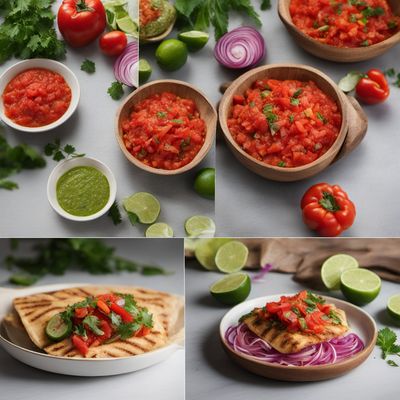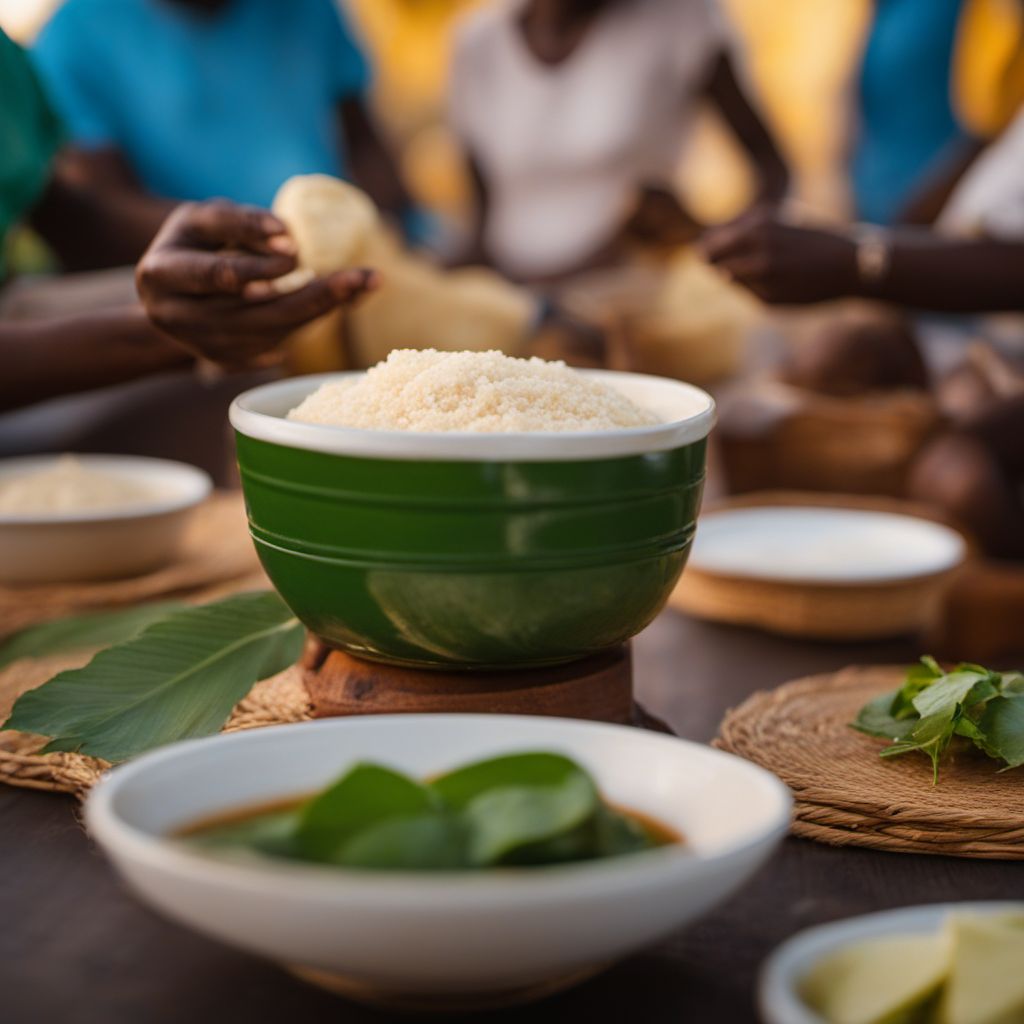
Dish
Banku
Banku is a soft, doughy ball that is usually eaten with soup, stew, or sauce. It is made by mixing fermented corn and cassava dough and then cooking it in water until it becomes a smooth, elastic dough. Banku is a popular dish in Ghana and is often eaten with fish or meat dishes. It is a good source of carbohydrates and is low in fat and cholesterol.
Origins and history
Banku is believed to have originated from the Ewe people of Ghana and Togo. It is a staple food in Ghana and is often served at festivals and special occasions. The dish is also popular in other West African countries such as Nigeria and Sierra Leone.
Dietary considerations
Banku is gluten-free and vegan-friendly. It is also a good source of carbohydrates and is low in fat and cholesterol.
Variations
There are many variations of banku, including kenkey, which is made from fermented corn dough, and eba, which is made from cassava flour. Some people also add spices or herbs to the dough to give it more flavor.
Presentation and garnishing
Banku is usually served in a ball shape and can be garnished with vegetables or herbs. It is often eaten with the hands, and the dough is used to scoop up the soup or sauce.
Tips & Tricks
To make banku, it is important to use the right ratio of corn and cassava dough. The dough should be mixed well and cooked thoroughly to ensure that it is soft and elastic. It is also important to use clean water when cooking the dough to prevent contamination.
Side-dishes
Banku is often served with soup, stew, or sauce, such as groundnut soup, palm nut soup, or light soup. It can also be served with fish or meat dishes.
Drink pairings
Banku is often paired with non-alcoholic drinks such as sobolo (hibiscus tea) or coconut water. It can also be paired with beer or palm wine.
Delicious Banku recipes
More dishes from this category... Browse all »

Abšmalcane mahune
Croatian cuisine

Acar
Indonesian cuisine

Acaçá
Brazilian cuisine

Agedashi tofu
Japanese cuisine

Akple
Ghanaian cuisine
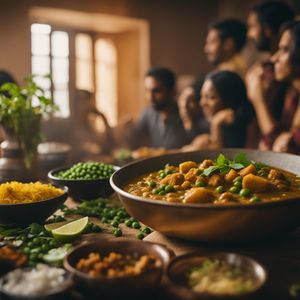
Aloo matar
Indian cuisine
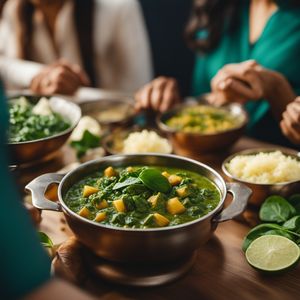
Aloo palak
Indian cuisine
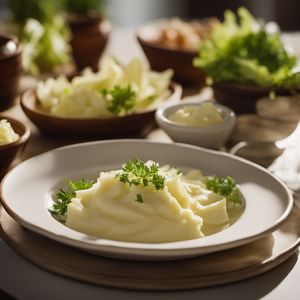
Andijviestamppot
Dutch cuisine
More cuisines from this region... Browse all »

Benin cuisine
Savory, Sweet, Tangy, Spicy, Aromatic

Burkinabé cuisine
Savory, Spicy, Hearty, Earthy, Aromatic

Cape Verdean cuisine
Salty, Spicy, Tangy, Sweet, Smoky

Cuisine of Niger
Savory, Spicy, Earthy, Smoky, Nutty

Gambian cuisine
Savory, Spicy, Nutty, Tangy

Guinea-Bissauan cuisine
Spicy, Savory, Tangy, Sweet, Sour

Guinean cuisine
Savory, Spicy, Nutty, Tangy

Ivorian cuisine
Spicy, Savory, Nutty, Sweet, Sour
